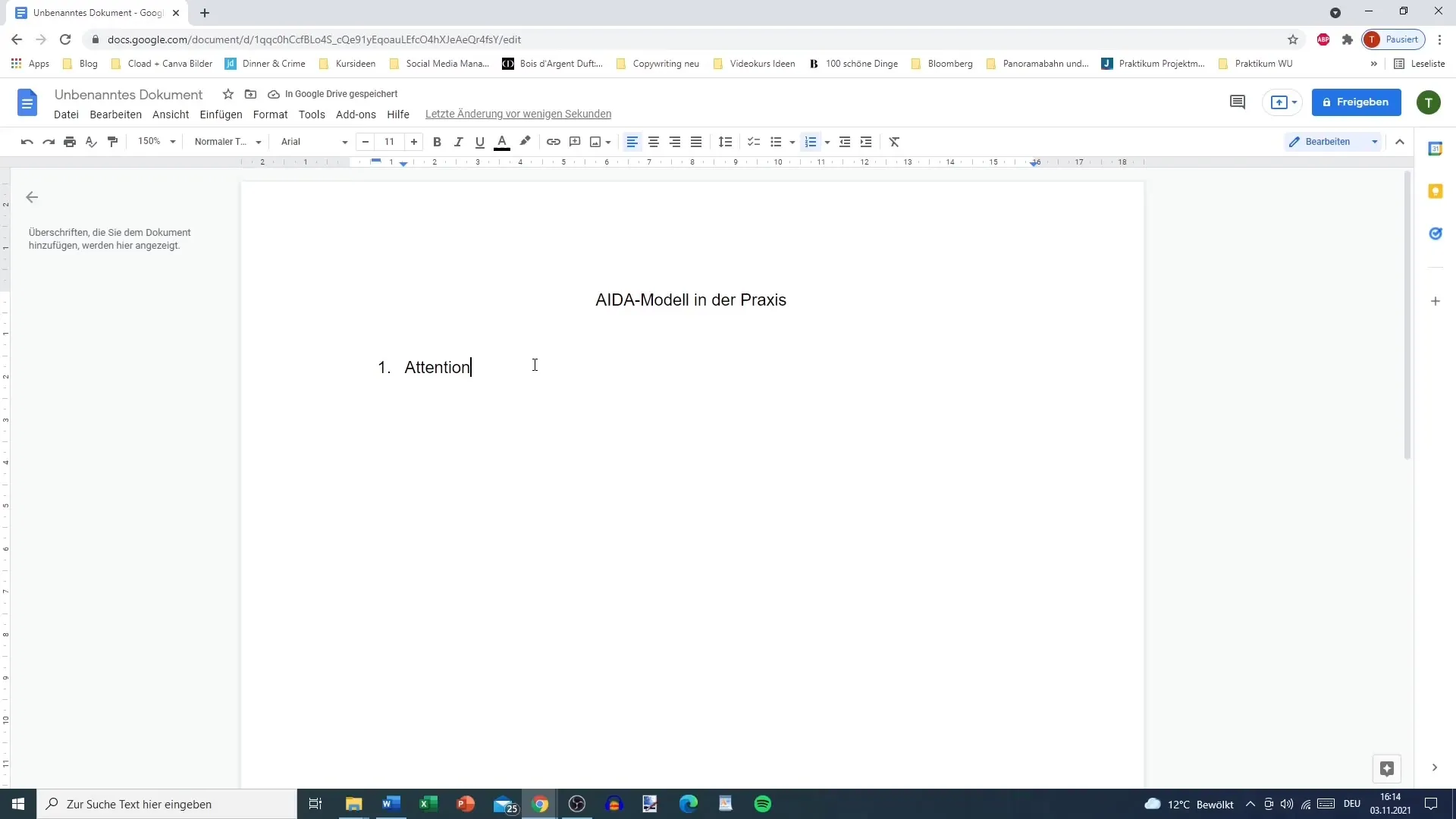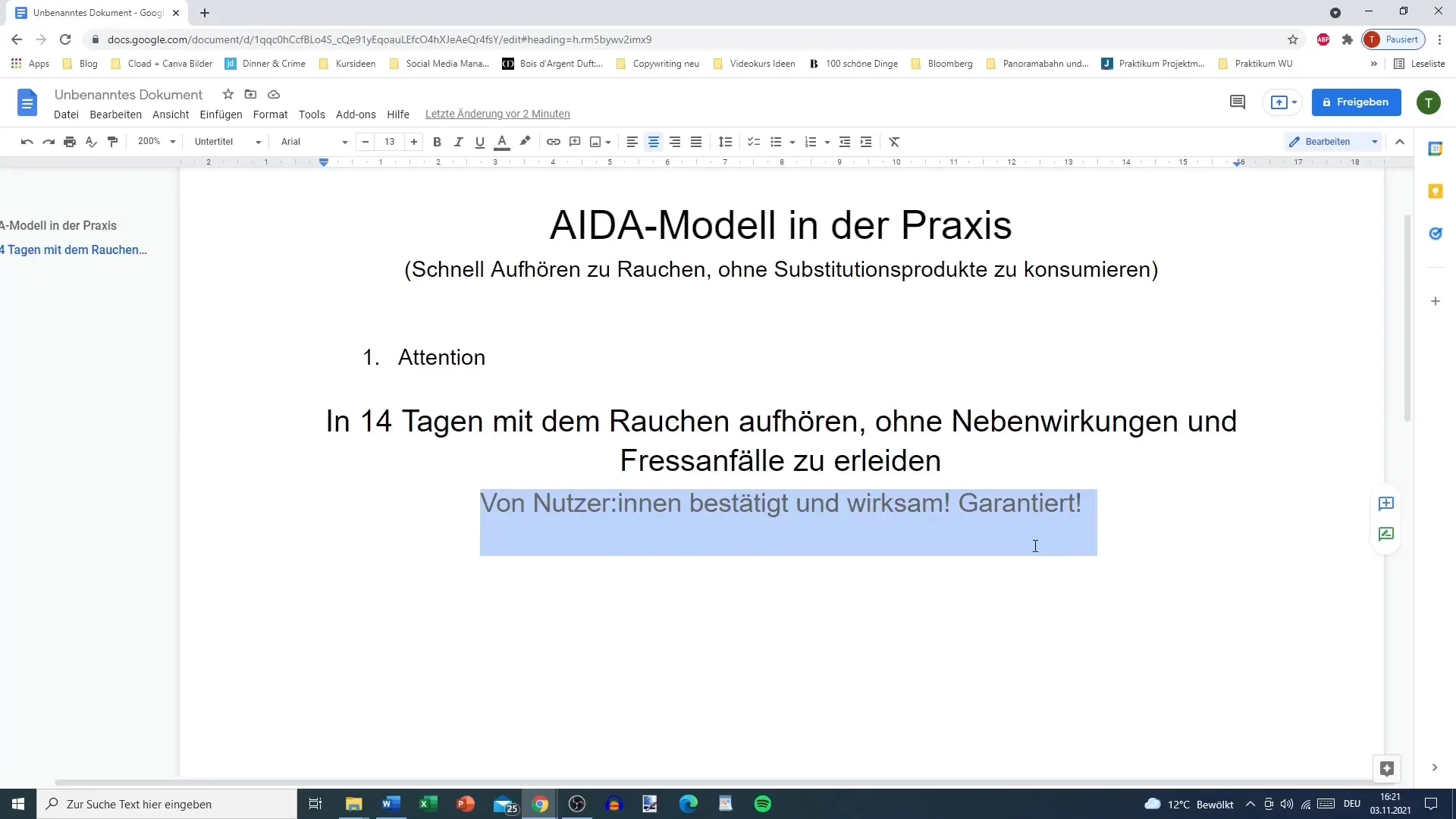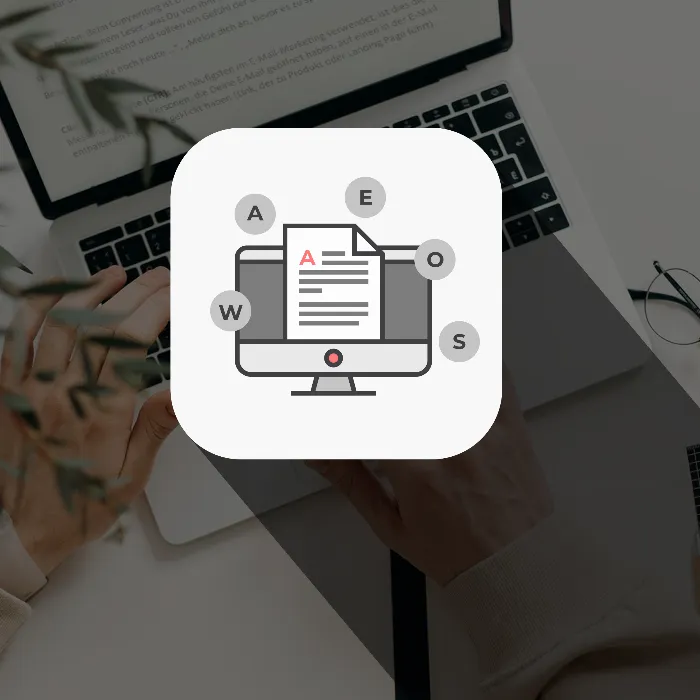A good title can make the difference between the success or failure of a text. You want your readers to pause and engage with your content, right? A attention-grabbing headline is crucial to pique interest. Today, you will learn how to capture readers' attention through effective headlines and entice them to want to learn more about your product or service. Let's walk through the process step by step.
Key Takeaways
- The headline is the first thing readers see. Its design is crucial.
- A precise benefit must be clearly communicated in the headline.
- Problems of your target audience should be addressed in the headline.
- The subheadline can provide additional information and promises.
Step-by-Step Guide to Strong Headlines
Step 1: Generating Attention
At the beginning of your journey into the art of copywriting, you need to grab the attention of your readers. The first step is to create a compelling headline that immediately catches the eye.
By crafting a memorable headline, you stand out from the crowd. Take an example from everyday life: When you search a term like "buying dog biscuits" on Google, you see different titles and meta descriptions. What stands out? The headlines make the difference - they are the ones that spark initial interest.

Step 2: Crafting the Right Message
Now, it's essential to package the right message in your headline. Formulate your headline in a way that the reader immediately recognizes the benefit they can gain from your content. Be specific and concise in your wording.
A successful example would be: "Quit smoking in 14 days - without side effects." This formulation resonates with your target audience and directly addresses their needs.
Step 3: Identifying Problems
Remember that readers are often faced with problems that prompt them to seek solutions. By addressing the main problem of your target audience in your headline, you increase the likelihood that they will consume your content.
An additional phrase could be: "Quit smoking without experiencing food cravings." This statement separates the fear of quitting smoking from the accompanying issue that often arises.
Step 4: Clearly Highlighting Benefits
It is crucial that the benefit for the reader is clearly communicated. Do you aim to quit? Focus in your headline on the benefit your audience will receive.
A suggestion could be: "Quick and easy: Quit smoking in 14 days - without extra struggles." This headline offers clear benefits that should attract readers.
Step 5: Adding Subtitles
In addition to the main headlines, a well-chosen subtitle can provide additional context and a promise. For example, a subtitle could be: "Confirmed and effectively guaranteed by users." Such confirmation can build trust by drawing on the experiences of others.
Step 6: Testing and Optimizing
Don't think that every headline is perfect on the first try. It's important to try different variations to see which one resonates best. Assess the reaction of your target audience to different headline versions to find the best effect.
For example, if you notice one headline getting more clicks, it's a sign that you're on the right track.

Step 7: Seeking Feedback
Ultimately, it's advisable to gather feedback on your headlines. Ask colleagues or post on social media platforms to see how people react to your headlines. Through feedback, you can continuously adjust and improve your headline.
Summary
By following the steps in creating a strong headline, you can ensure that your text is read. Start by generating attention, communicating clear benefits, and addressing problems that concern your target audience. Supplement your main headline with an inviting subtitle, and don't shy away from trying different versions and soliciting feedback regularly.
Frequently Asked Questions
What is the main purpose of a headline?The headline should capture the attention of readers and pique their interest.
How important is the benefit in a heading?The benefit is crucial to persuade readers to want to learn more about your product or topic.
Should I use subheadings?Yes, subheadings can provide additional information and further engage the reader.
How often should I test my headlines?Regular tests are important to evaluate effectiveness and make adjustments as needed.
What is the most important element of a headline?The most important element is the ability to captivate readers' attention while clearly presenting the benefit.


